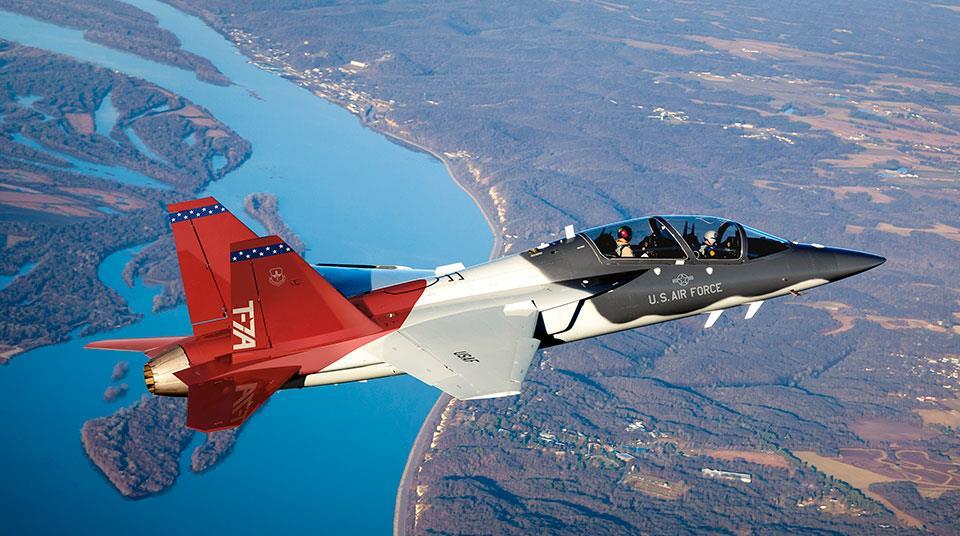Blackadder1916
Army.ca Fixture
- Reaction score
- 2,883
- Points
- 1,160
Back many years ago, just after the F5 came into service, I was at, I think Bagotville on my ACO course and there was an F5 siting on the hanger floor next to the engine of a Voodoo. There wasn't much of a size difference. We still had 104s in Germany as well.
That's me a few years later on my FAC course in the back seat of an F5 for my familiarization flight about to attack Gagetown. No cookies lost.
View attachment 64450

If you're a trivia fan - looks as though you're in 813 (the two seaters were numbered 116801 to 116846).
Another view of that aircraft.
9 December 1968 - Taken on strength
Originally ordered as RCAF 14813, re-marked before completion. Delivered direct to CFB Cold Lake, Alberta. On static display at CFB Namao on Armed Forces Day, 1969. May have been first public display of type. Operated by 433e L'Escadre de Combat, CFB Bagotville, PQ., in aluminum paint, by 1974. Also operated by 434 Squadron. Received structural upgrade late 1980s. With No. 419 Squadron at Cold Lake in 1990 and 1993. In storage at Aircraft Maintenance Development Unit at CFB Trenton by February 1995. Seen in storage, inside Hanger 3 at CFD Mountain View, Ontario in October 2005. Nose section in use as recruiting aid by 2007, still in aggressor markings. Reportedly owned by Public Affairs Exhibits.





